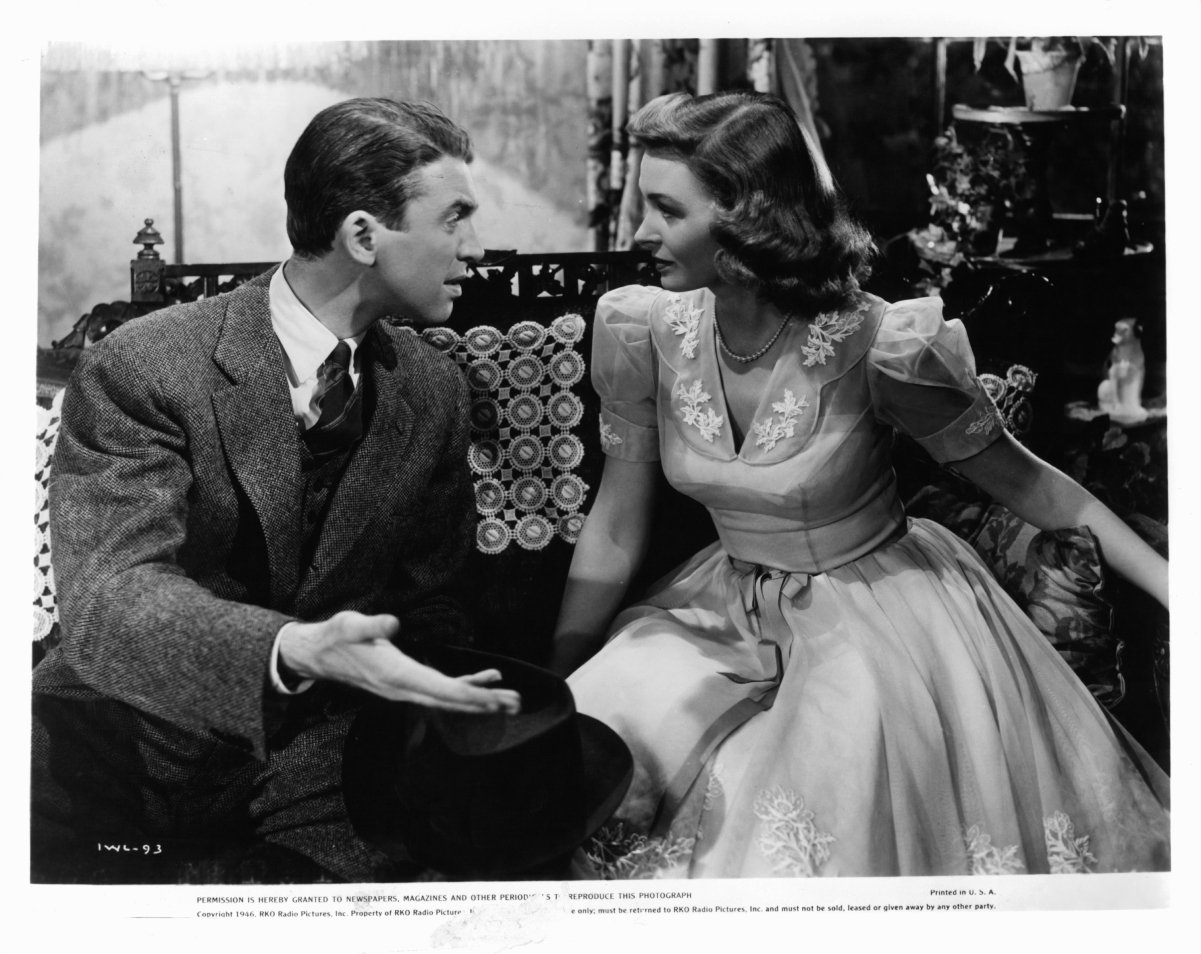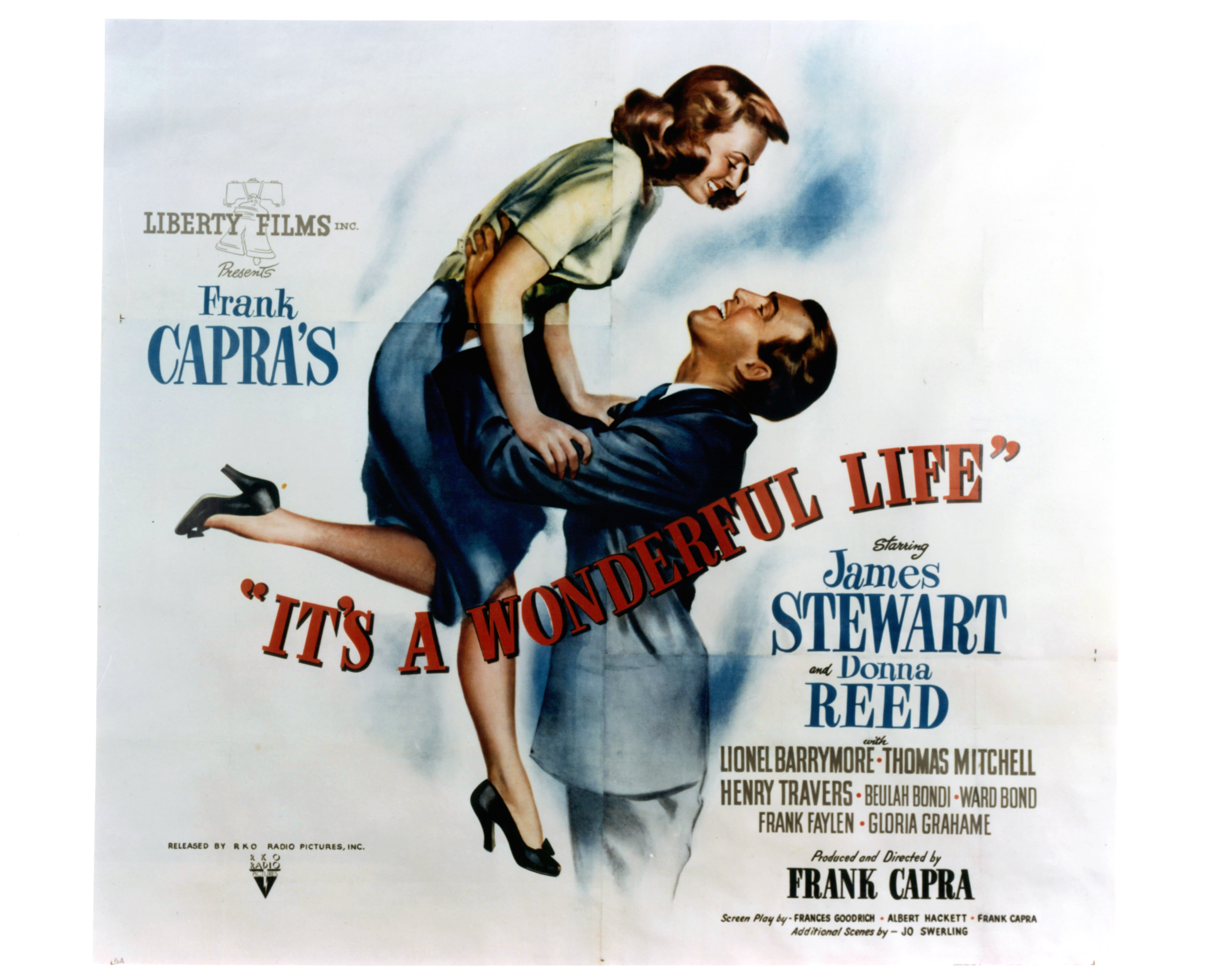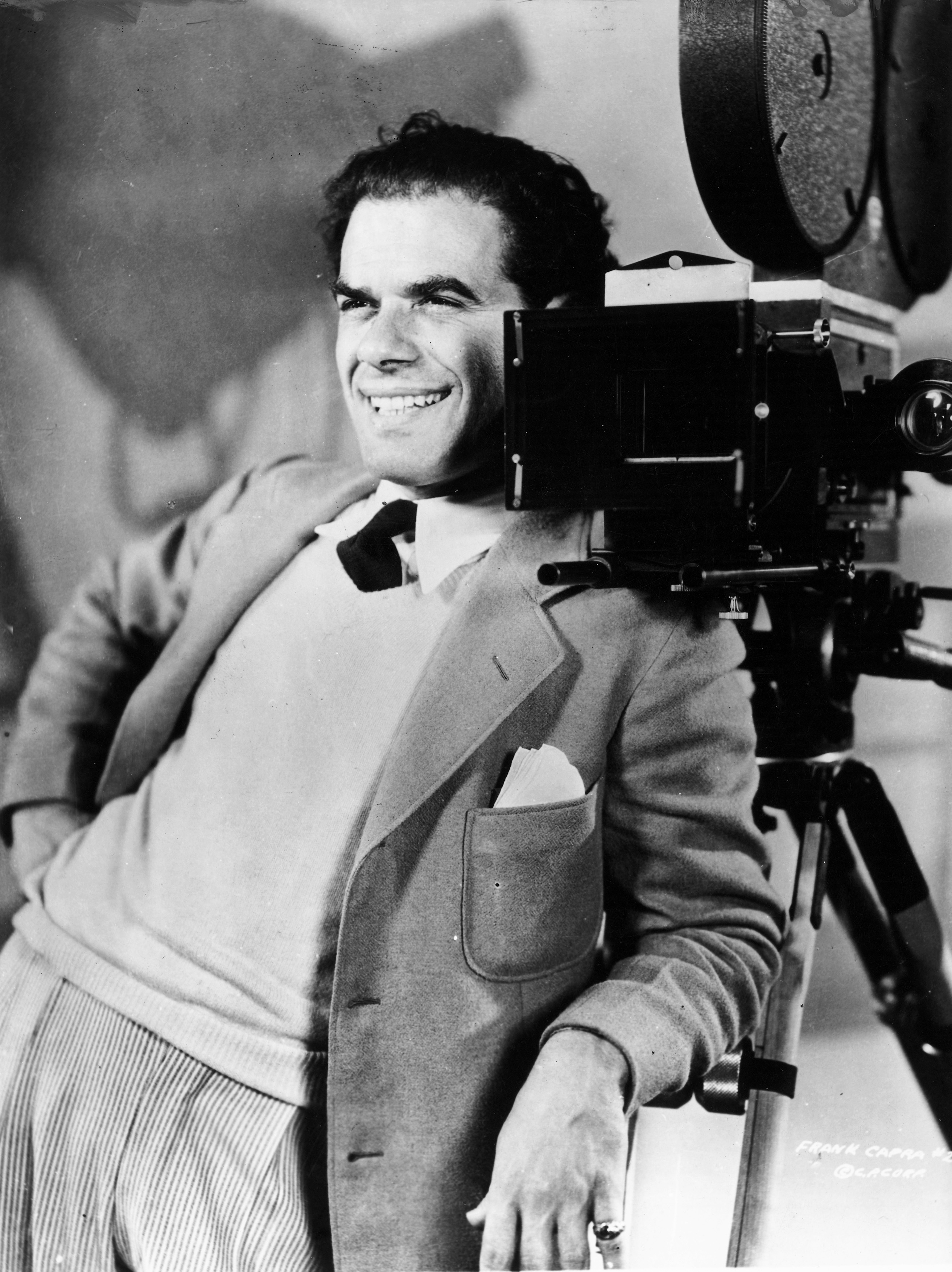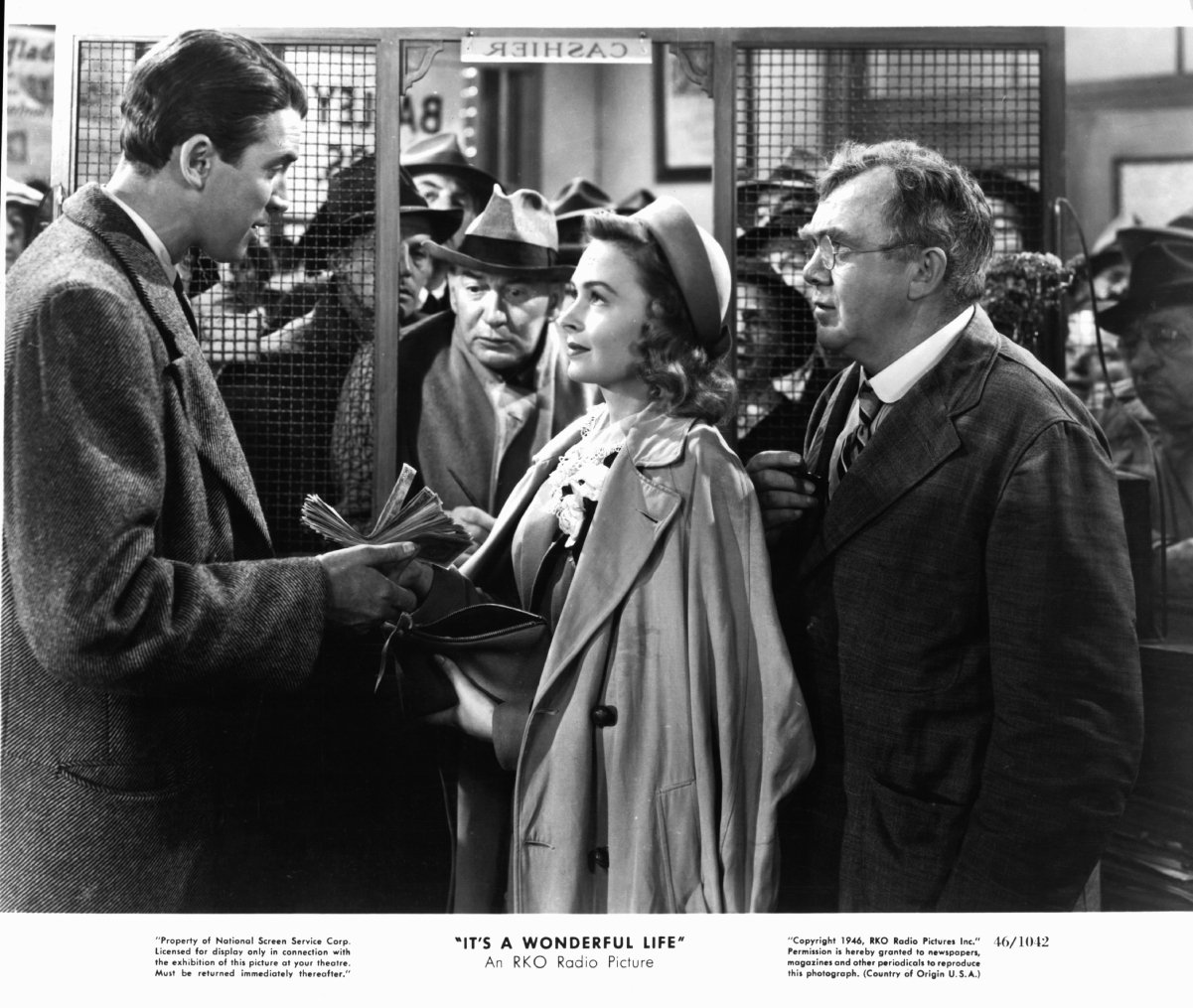‘It’s A Wonderful Life’: The Film’s Screenwriters Clashed With and Walked Out On Director Frank Capra

RKO Radio Picture/Getty Images
One of the holiday season’s most beloved films, It’s A Wonderful Life has for decades reminded audiences that every life makes a difference; it’s just that some of us, like George Bailey, need reminders more often than others.
The 1946 film with the life-affirming message didn’t have such a positive film-making process, according to the film’s screenwriters. After one too many skirmishes with producer and director Frank Capra, the writers walked off the film.
James Stewart got emotional during filming

It’s A Wonderful Life was star James Stewart’s first film following his service in World War II. After witnessing the savagery of war, when Capra reached out to Stewart to headline the movie, it wasn’t easy for the actor.
Stewart’s biographer Robert Matzen told CNN this week, “‘It’s A Wonderful Life’ was a result of Jim’s war experiences because it unlocked this depth of soul in Jimmy … He had to learn to act again and that’s what you’re seeing on screen. It’s like lightning that just got captured in a bottle.
“This is seen in one of the film’s most iconic, unscripted scenes, when George Bailey finds himself at the end of his rope: ‘I’m not a praying man but if you’re up there and you can hear me, show me the way.’”
The star got that scene done in one take, saying in 1987, “As I said those words, I felt the loneliness, the hopelessness of people who had nowhere to turn, and my eyes filled with tears. I broke down sobbing.”
The film’s screenwriters walked out on director Frank Capra
The writers hired on the film were veteran husband-and-wife writing team Frances Goodrich and Albert Hackett who worked on hit films such as The Thin Man starring William Powell, Easter Parade with Judy Garland, and Father of the Bride with Elizabeth Taylor.
In a 2001 New York Times article, the couple’s nephew David L. Goodrich described his aunt’s excitement at what was their upcoming new project with director Frank Capra. Goodrich quoted her as having said in a letter to the couple’s agent: ”Any writer would give his soul to work for [Capra]. He’s so creative.”
Her eagerness turned sour when the couple learned that Capra and another writer, Joseph Swerling, had been secretly rewriting their work. Albert in an interview said, ”Jo Swerling was a very close friend of ours, and when we heard that he was working behind us — which was supposed to be against the rules of the Screen Writers Guild — it was a very unpleasant feeling.”

To make matters worse, Capra referred to Frances as “my dear woman,” which Albert said only illustrated how “condescending” Capra could be.
Albert continued, “When we were pretty far along in the script but not done, our agent called and said, ‘Capra wants to know how soon you’ll be finished.’ Frances said, ‘We’re finished right now.’ We put our pens down and never went back to it.”
Although the pair left the project a hair early, they were given primary screen credit for their work, with Capra receiving “third-position writing credit after the Hacketts,” and Swerling credited for ”additional scenes.”
The Hacketts refused to watch the movie and did so only when it was shown on television decades later.
The film bombed but is a beloved holiday tradition now

The film premiered in 1946 to tepid reception and failed at the box office.
Thanks to a 1970s copyright law, the movie starring James Stewart and Donna Reed experienced a new welcome from a new generation of television viewers.
Royalty-free because of its lapsed copyright, the film was shown practically on every network during the holiday season each year, to the delight of its newfound fans.
Its copyright once again took effect in 1994, limiting how often it’s shown on television. That hasn’t affected how fans feel about the wholesome movie that yearly reminds fans the world just wouldn’t be the same without each one of us.


